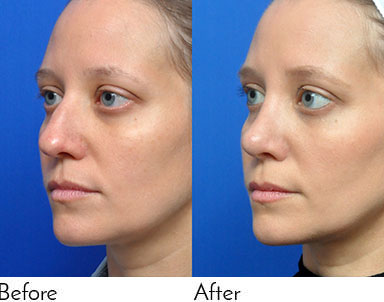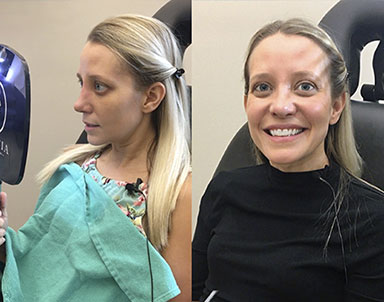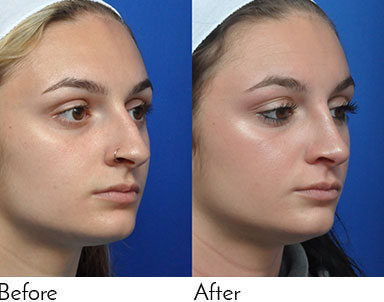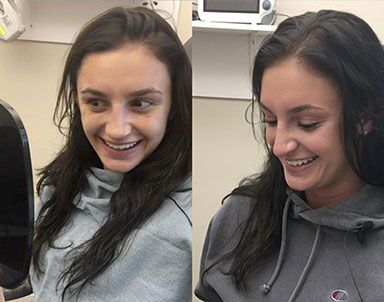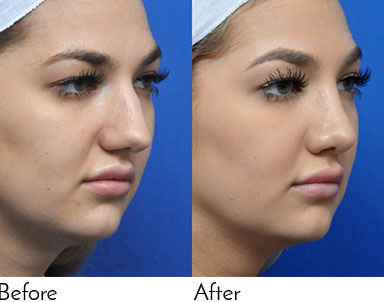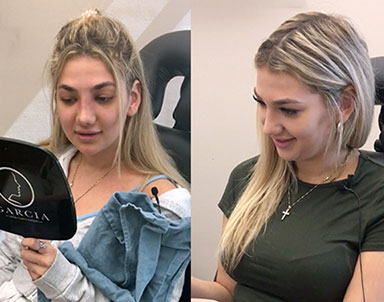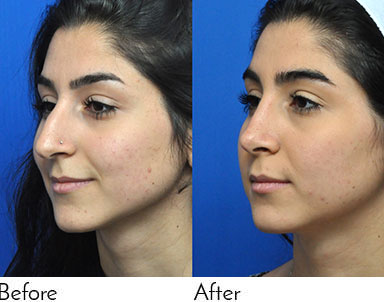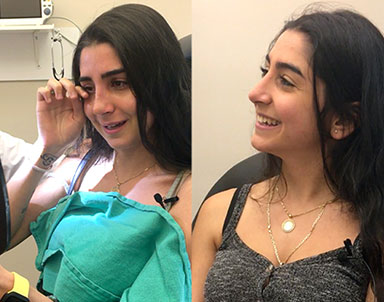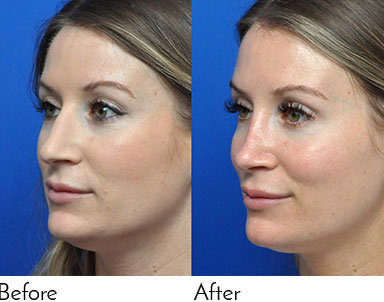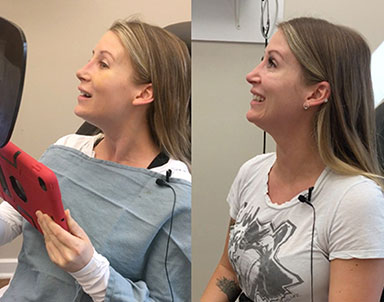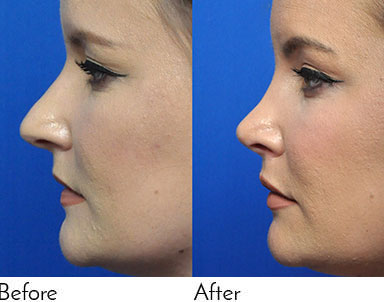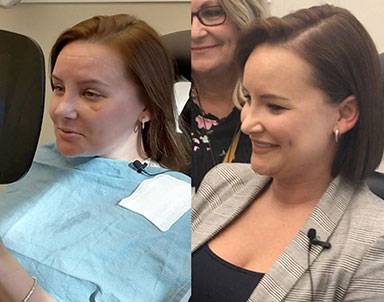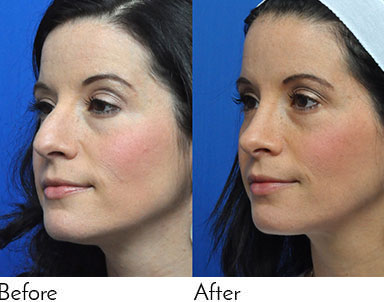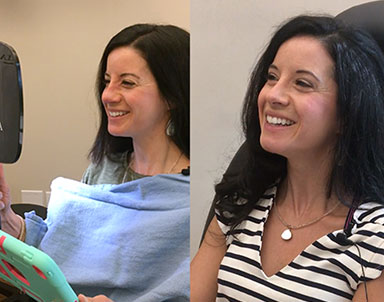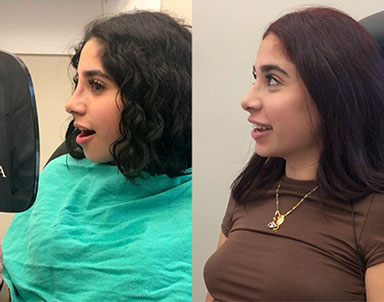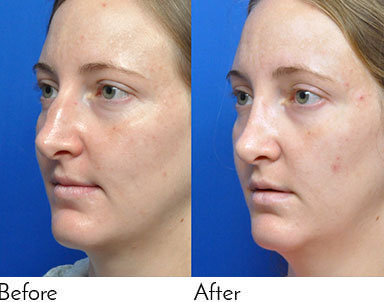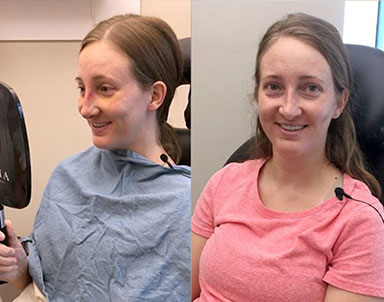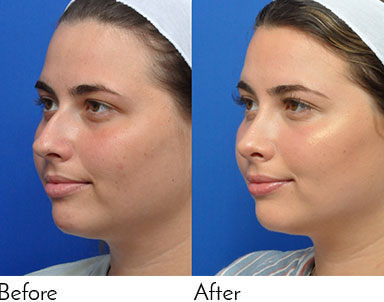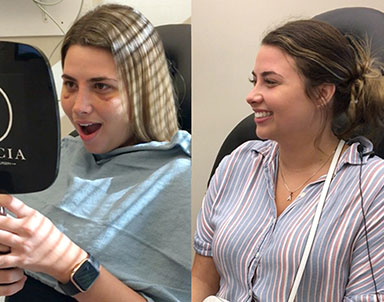Undergoing a cosmetic procedure is made comfortable thanks to the help of anesthesia. What many of our patients may not realize is that there’s an entire spectrum of anesthesia that varies depending on how much of the body needs to be numbed throughout each procedure. Let’s break things down a little further for you today and go over each type of anesthesia that may be used at Garcia Facial Plastic Surgery.
General Anesthesia
This anesthesia is given either through an IV or inhalation. General anesthesia is what we typically think of when we think of an invasive surgical procedure. This is most commonly used during surgeries like rhinoplasty and facelifts. General anesthesia is a safe and effective way to ensure patients stay asleep and comfortable throughout their treatments. After all surgeries using this anesthesia, patients will need to be driven to a designated hotel, where one of our Care Givers will be assisting them the first night after surgery.
Local Anesthesia
Local anesthesia is a more mild form of anesthesia that’s typically used to numb a specific area of the body. Patients who receive a local anesthetic will remain awake throughout their procedure, but also remain comfortable as the treated area will be completely numb. We typically use local anesthetic for procedures that are less invasive like blepharoplasty. Unlike general anesthesia, there are no side effect like drowsiness.
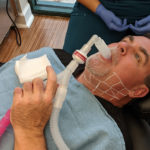
Nitrous Oxide
Nitrous oxide, commonly referred to as laughing gas, is a little different from the rest. Nitrous oxide is typically self-administered through inhalation, meaning you’ll be controlling how much nitrous oxide you’re breathing in throughout your procedure. Rather than numb you completely, nitrous oxide helps to calm your nerves and dissipates within minutes. We typically recommend patients nitrous oxide during lesser invasive procedures like Ultherapy®. In some cases, we can combine Nitrous Oxide with local anesthesia for a very comfortable procedure.
Lidocaine
Most of the fillers we offer, in the Allergan line, have lidocaine in them. After the initial injection, the dispersing of the product is fairly comfortable. Aside from the lidocaine in the fillers, our injectable procedures are usually a comfortable experience, as we have our patients ice the treatment area before injecting. This icing assists numbing the treatment areas and even aids in reducing any swelling that may occur.
Do you still have questions about which anesthesia you’ll need during surgery? Call us today to schedule your private consultation with board-certified facial plastic surgeon, Dr. Phillip Garcia. He’ll be happy to sit down with you, listen to your concerns, and develop a personalized treatment plan to help you achieve your ultimate aesthetic goals.











